
April 15 to May 15 is usually a busy time for us in any part of the world as we celebrate Bridget’s birthday, our tax return, Mother’s Day, Lizzie’s Birthday and our wedding anniversary; but this month was even fuller in Ecuador as we hosted friends, traveled from mountains to sea, and lived and died a little with the local soccer team.
QUILOTOA, COTOPAXI, QUITO
In the first week of April we bundled ourselves up for a bus ride up to Quito with a stop by some volcanoes along the way. We took the bus up to Latacunga, launching point for visits to the Avenues of the Volcanoes. Arriving at 10 PM in Latacunga after a 8-hour bus ride, Lizzie decided to christen the end of the journey with a multi-colored baptism.
The next day we traveled up to the volcanic crater lake of Quilotoa (3,914m / 12,841 ft), about 40 km or 2 ½ hours away from Latacunga. As you can see from the photos, the weather was a bit on the cool side. Immediately upon arriving we availed ourselves of the almuerzo (set lunch) starting with the traditional potato soup (locro de papa). The crater was quite the magnificent site. For one thing, you can actually see it as the clouds, which often obscure the other volcanic areas, rest above the rim. 
After taking in the awesome view for a bit, we hiked down to the lake. The hike down took about 45 minutes. And brought us to the spectacularly green-colored and cold lake. A lonesome boatman played a trumpet at the base of the lake. For the scientists among you: The 3 kilometres (2 mi) wide caldera was formed by the collapse of this volcano following a catastrophic VEI-6 eruption about 800 years ago, which produced pyroclastic flows and lahars that reached the Pacific Ocean and spread an airborne deposit of volcanic ash throughout the northern Andes. The caldera has since accumulated a 250 m (820 ft) deep crater lake, which has a greenish color as a result of dissolved minerals. Fumaroles are found on the lake floor and hot springs occur on the eastern flank of the volcano. Julian and Norm decided to hike back up and let Lizzie and Bridget take the easy way out with the mules. The hike up was much more difficult, but eventually surmounted. We spent the night on the rim of the crater at a hostal, where we were invited to hear local musicians play a few songs. Using traditional instruments, including the charango (The charango is a small South American stringed instrument of the lute family, about 66 cm long, traditionally made with the shell of the back of an armadillo. 
It typically has 10 strings in five courses of 2 strings each) and pan pipes the show was quite the local flavor.
Deciding to indulge a bit, we took a taxi instead of a bus to our next destination – Cotopaxi (about 50 miles south of Quito). We stayed at a hacienda right outside the national park. Lizzie and Bridget spent the day with the puppies and farm animals housed at the inn, while Julian and Norm decided to scale the Cotopaxi Volcano. Cotopaxi is the second highest volcano in Ecuador (5,897m / 19,347 ft; Chimborazo is number 1 at 6,268.2m /20,565 ft) and one of the highest active volcanoes in the world. To get to the summit requires a 2-day excursion.  Julian and Norm opted for the “soft” trip and merely hiked from the parking lot (ca. 4500 m) to the base camp (ca. 4800m). Unfortunately, the Gods did not smile brightly enough on our trip to pierce the dense cloud cover; and so, we did not get a chance to see the summit. Julian and Norm might go back to try to ascend the summit; or they might save up the last hike for the mighty Chimborazo (base camp only- ca. 5000m). After hiking to the glacier part of the refuge, Norm and Julian rode mountain bikes down the mountain. Quite fast and cold.
Julian and Norm opted for the “soft” trip and merely hiked from the parking lot (ca. 4500 m) to the base camp (ca. 4800m). Unfortunately, the Gods did not smile brightly enough on our trip to pierce the dense cloud cover; and so, we did not get a chance to see the summit. Julian and Norm might go back to try to ascend the summit; or they might save up the last hike for the mighty Chimborazo (base camp only- ca. 5000m). After hiking to the glacier part of the refuge, Norm and Julian rode mountain bikes down the mountain. Quite fast and cold.
That night we traveled to Quito to pick up our friends, Suzanne and Norman Matlock from Philadelphia. They arrived safely and without any trouble from Miama via Newark and we all stayed overnight in a hostal in Quito. The hostal was in a quiet section of town and adequate, but we still have not found a great place to stay in Quito. But a minor inconvenience, because it was onto…
PUERTO LOPEZ, PART 2 AND BACK TO CUENCA
Part 2 because Bridget had been there with Mary Ellen a few weeks before. But it is quite the stunning beach experience and so repeating the experience seemed more than worth it. We stayed in the Mandala Hostal and lived it up on the good cuisine and good sun. Everyone except Bridget went out to the Isla la Plata where we had the chance to see Blue-Footed Boobies and Frigates on the barren island some 25 miles off the coast.  Probably the highlight was the boat ride out where we saw an immense group of dolphins swimming alongside the boat accompanied by dive-bombing boobies. The video is better than the photos, and if we ever get the energy we will put up a video on the blog.
Probably the highlight was the boat ride out where we saw an immense group of dolphins swimming alongside the boat accompanied by dive-bombing boobies. The video is better than the photos, and if we ever get the energy we will put up a video on the blog.
After a few more sunsets we took the bus back to Guayaquil and then flew back to Cuenca. In Cuenca we celebrated Bridget’s birthday at a nice Chilean restaurant on the outskirts of Cuenca. The occasion was made more special with the Chimay Trappist Ales that Suzanne had somehow managed to successfully smuggle into the country. First real beer in over 6 months!
After a few days in Cuenca, Suzanne and Norman left to go tend to their bees in Mt. Airy and we settled down to our Cuenca routine. We celebrated Mother’s Day by providing “Breakfast in Bed” for Bridget, and then we celebrated Lizzie’s birthday with a Sushi Dinner and a little sleepover party. The birthday party included bobbing for apples and musical chairs. Hard to tell who enjoyed it more – the kids or the adults.
As we pondered the skyline view from our apartment we were treated to a fun ride with the local soccer team. As you recall, dedicated reader and sports enthusiast, from an earlier blog entry, Deportiva Cuenca had miraculously qualified for the South American Clup Championships called the Copa Libertador. As the third team to qualify from Ecuador and in a group with the perennial Argentinian power Boca, Jrs. (Think Yankees, Cowboys, Celtics, Canadiens and you get the idea) Cuenca’s prospects were not that good to begin with. Additionally, the club had been reformatted since their qualification and had gone with a “youth-movement” approach (primarily to save money as they teetered on the brink of insolvency). Yet despite all odds the team played quite well, and with a greater offensive flair, were actually quite exciting to watch. In order to advance out of group play, Cuenca had to finish in the top 2 of the four-team group. And so, they found themselves with 2 games to go tied for second place when who should show up in Cuenca – but mighty Boca. No Ecuadorian club had ever beaten Boca. But the Liliputians actually won, 1-0. Boca plays a tough defense / counterattack – not quite as boring as the Italian “catanaccio” or the German “Ordnung muss sein” - but similar. And so the Cuenca players were getting mugged repeatedly. But finally their goal scorer – the Brazilian Roderigo Teixara – was able to turn on a defender and hold off the punches and deliver a pass to his teammate who scored. Absolute pandemonium.
The night was made even more festive as it was one of the last nights to drink before the national elections (remember: 1) all Ecuadorians are required to vote; and 2) all bars and liquor stores are closed for the 3 days surrounding the elections). As for the national elections, Raphael Correa, was re-elected. Let’s see if he can beat the Ecuadorian / Latin American malaise of revolving door presidents. Note: Cuenca made it to the next round for the first time ever, but lost to Caracas, Venezuela in the round of 16.
The month ended with missed opportunities - Jesus Christ Superstar in Quito and the Doors in Cuenca, but with the finalization of plans to go to the Galápagos Islands – the jewel in the crown.












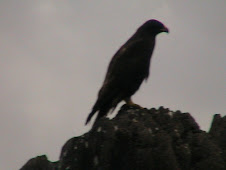





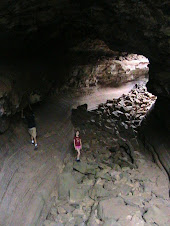
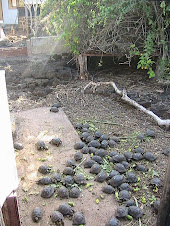





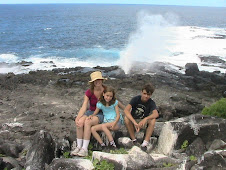




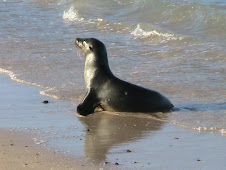

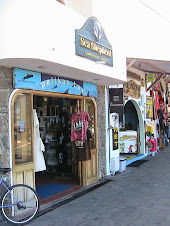
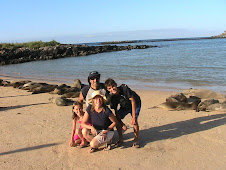



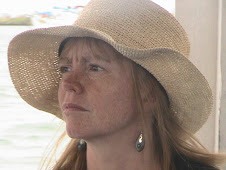



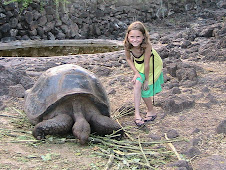

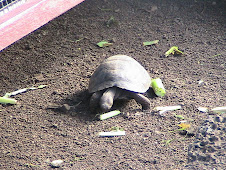






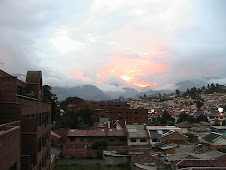
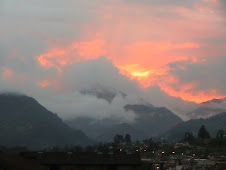


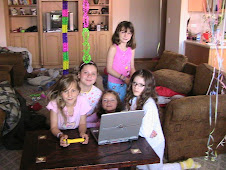
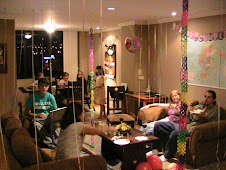






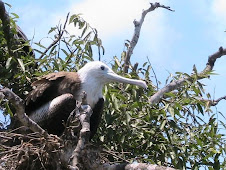


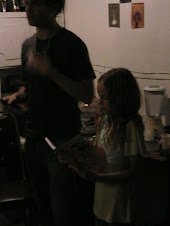
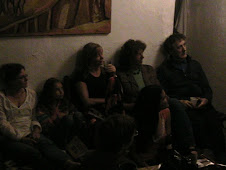
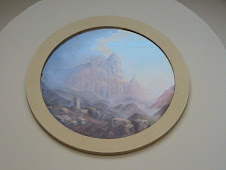
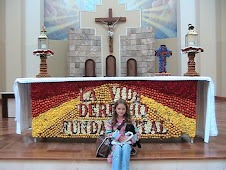


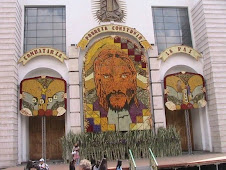

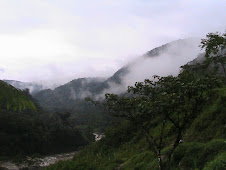






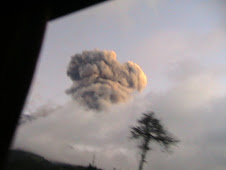









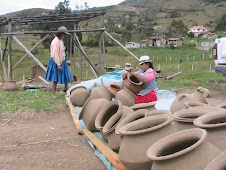


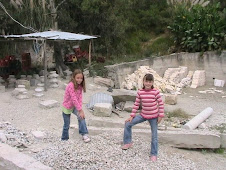










No comments:
Post a Comment